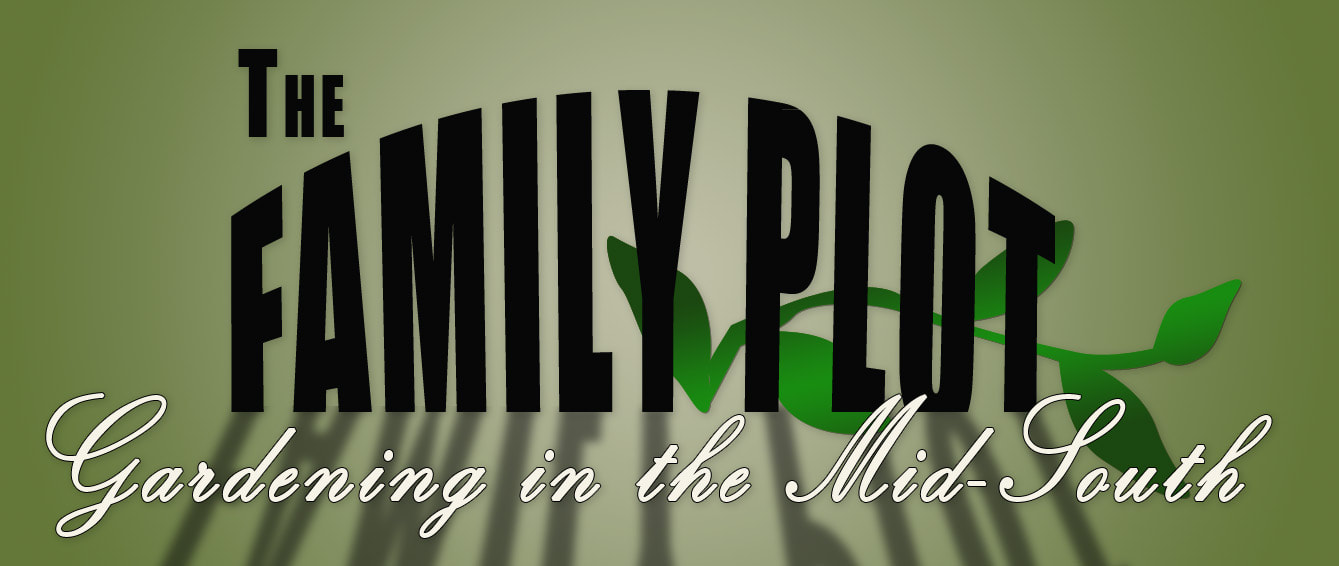|
|
|
|
Changing Garden
|
Grass Lawn Alternatives
|
Permethrin
|
Find Create in your area: www.CreateTV.com/locate
This Week in the Garden
Side-Dressing Corn
This week in the garden Retired UT Extension Agent Mike Dennison shows how to side-dress corn with nitrogen fertilizer. Corn requires a lot of nitrogen, but one side-dressing is enough for the growing season. >>Watch
Aphids are a very common insect pest in the garden. UT Extension Agent Chris Cooper identifies aphids living on tomatoes and talks about what to do to get rid of them. >>Watch
IPM (Integrated Pest Management)
The goal of IPM is to focus on the non-chemical control methods of pests. TSU Extension Agent Amy Dismukes explains that often the chemical control method may not be needed. First you need to determine what is going on and recognize and correctly identify the insect or disease damage. Just because you see a problem does not mean it needs to be treated. >>Watch
|
Tomato Support: The Florida Weave
Tomatoes need to be supported as they grow to prevent disease and fungus. UT Assistant Professor of Residential and Consumer Horticulture, Natalie Bumgarner, shows how to use the Florida weave method to hold up tomato plants. >>Watch
|
|
Types of Lilies and How to Care for Them
Lilies offer beautiful summer flowers with a wide range of flowers. University of Memphis Director of Landscape Joellen Dimond outlines the five main categories of lilies. She also talks about how to care for them so they can be successful in your garden. >>Watch
|
|
|
|
|
Looking for more garden info?
|
|
Viewer Questions
Can I prevent spots on my Crabapple fruit?
You can prevent the spots and rots on the apples by using a fruit cover spray. Retired UT Extension Agent Mike Dennison says these sprays contain a fungicide to prevent the rots and an insecticide to protect from insects. >>Watch
|
Treat hairy orange spores on pears
This is pear rust. Retired UT Extension Agent Mike Dennison says it spends part of its lifecycle on a cedar tree and part on a pear. It can be treated with an orchard cover spray. >>Watch
|
What happened to my cucumber?
This is bacterial wilt. The plant will die. UT Extension Agent Chris Cooper says the bacteria that causes the wilt is transmitted by the cucumber beetle. Retired UT Extension Agent Mike Dennison says the cucumber beetle is hard to control because it is a strong flier. He recommends immediately removing the diseased plan. >>Watch
|
Our blackberries turn white after blooming. Why?
Normally when blackberries stay white after blooming it means it did not get pollinated. Retired UT Extension Agent Mike Dennison says in most of the viral diseases of blackberries the fruit stays red. Mike thinks there may be something else besides pollination going on here. He suggests testing the soil to look for a deficiency or pH problem. It could also be that there is a drainage issue. >>Watch
|
What can we do to get moles out of our yard?
The best way is a mole trap. Retired UT Extension Agent Mike Dennison says one mole can tunnel over 200 feet in a night, so it may look like you have many moles, but it is probably just one or two. Mike explains what trap to use and how to place it. Mike has moles in his yard and traps many every summer. >>Watch
|
|
























